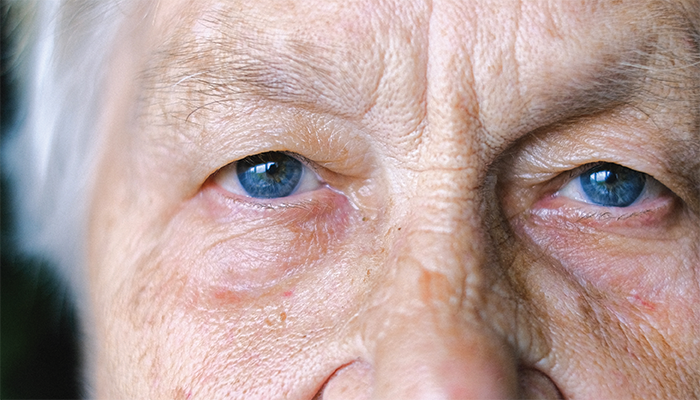
Like trying to extinguish a gasoline fire with water, sometimes our best efforts to make things better end up making things far worse. Because of its prevention of proliferation, vascular permeability and neovascularization, the humanized, anti-vascular endothelial growth factor A (VEGF-A) prophylactic, ranibizumab (PR), is used as a treatment for age-related macular degeneration (AMD), specifically the more severe neovascular or exudative AMD (nAMD). Although its mechanism of action has been demonstrated, the question still stands: what effect does it have on the anatomical structures of the retina? Is it only doing what we expect, or is it causing unforeseen problems?
“Impact of Prophylactic Ranibizumab to Prevent Neovascular Age-Related Macular Degeneration on Eyes With Intermediate Age-Related Macular Degeneration” is a new study published in ARVO’s Translational Vision Science & Technology and conducted by a research group from an American multi-institutional team (1). In this study, researchers compared the eyes of patients with intermediate age-related macular degeneration (AMD) that had been injected with PR every three months, with those given a sham injection. Over the course of 24 months, the researchers determined the effect of PR on drusen volume, macular layer thicknesses, and the progression of geographic atrophy (GA) area over 24 months in the PREVENT trial.
The results showed that PR given every three months did not appear to worsen the progressive retinal degenerative process as there were no statistical differences between the groups in anatomic parameters including drusen area and volume, macular thinning, or geographic atrophy progression in the eyes of patients with intermediate AMD. As the researchers concluded, “Our results have shown that this progressive retinal degenerative process was not worsened by quarterly dosing of ranibizumab in these eyes at risk for vision loss. Future studies with a more robust sample size and longer follow-up time may provide confirmation of the outcomes shown in this study and may elucidate additional relevant information on this topic.”
References
- CK Chan et al., “Impact of Prophylactic Ranibizumab to Prevent Neovascular Age-Related Macular Degeneration on Eyes With Intermediate Age-Related Macular Degeneration,” Transl Vis Sci Technol, 12, 1 (2023). PMID: 3765644
